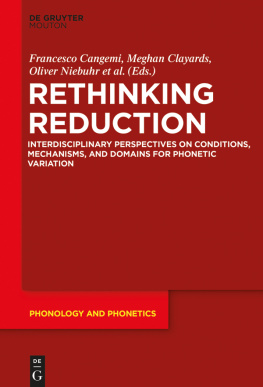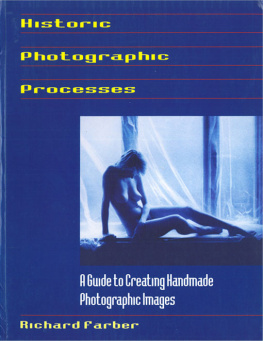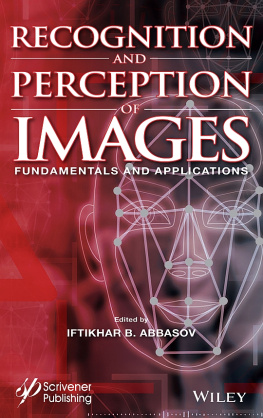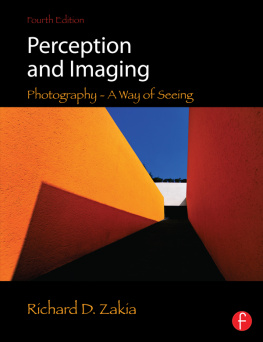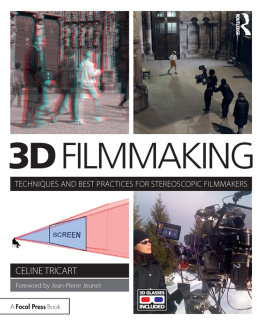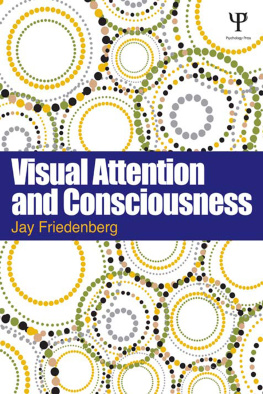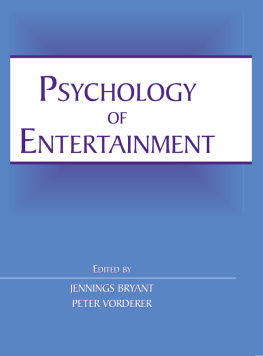Table of Contents
List of Tables
- 6 Reducing Spatial Frequencies
List of Illustrations
- 1 Principles of Depth and Shape Perception
- 2 Technological Elements
- 3 Causes of Visual Fatigue in Stereoscopic Vision
- 4 Short- and Long-term Consequences
- 5 Measuring Visual Fatigue
- 6 Reducing Spatial Frequencies
- 7 Reducing the Distance Between the Virtual Cameras
Guide
Pages
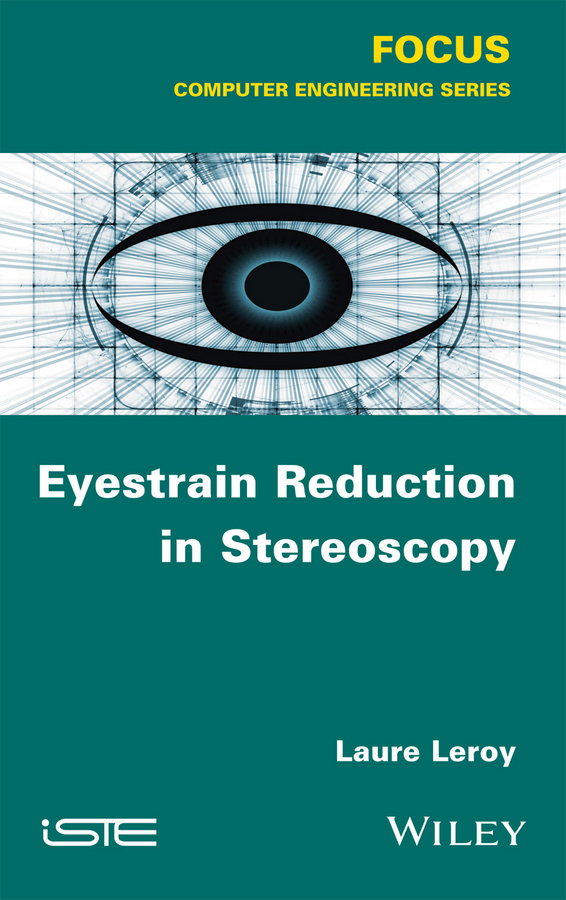
FOCUS SERIES
Series Editor Imad Saleh
Eyestrain Reduction in Stereoscopy
Laure Leroy
First published 2016 in Great Britain and the United States by ISTE Ltd and John Wiley & Sons, Inc.
Apart from any fair dealing for the purposes of research or private study, or criticism or review, as permitted under the Copyright, Designs and Patents Act 1988, this publication may only be reproduced, stored or transmitted, in any form or by any means, with the prior permission in writing of the publishers, or in the case of reprographic reproduction in accordance with the terms and licenses issued by the CLA. Enquiries concerning reproduction outside these terms should be sent to the publishers at the undermentioned address:
ISTE Ltd
27-37 St Georges Road
London SW19 4EU
UK
www.iste.co.uk
John Wiley & Sons, Inc.
111 River Street
Hoboken, NJ 07030
USA
www.wiley.com
ISTE Ltd 2016
The rights of Laure Leroy to be identified as the author of this work have been asserted by her in accordance with the Copyright, Designs and Patents Act 1988.
Library of Congress Control Number: 2016939644
British Library Cataloguing-in-Publication Data
A CIP record for this book is available from the British Library
ISBN 978-1-84821-998-4
Acknowledgments
I would like to thank the following:
- Philippe Fuchs, who introduced me to stereoscopic science and to research in general. He was my thesis supervisor and I acknowledge my enormous debt to him. His desire to go to the limit of things and to understand everything was an example for me;
- Imad Saleh, my laboratory director, for having allowed me to write this book and for his support;
- Ghislaine Azmard, my team leader from whom I still learn many things day after day, for her kindness and continued support;
- Ari Bouaniche, who did her internship with me, for her high-quality work on intermittent stereoscopy;
- David Aura, who did his thesis with me, for his work on spatial frequencies related to perspective;
- Indira Thouvenin and Safwan Chendeb for their countless pieces of advice, their everyday support and our long discussions;
- Jean-Louis Vercher and Pascaline Neveu for all the passionate discussions on the human neurological function and visual system;
- Bruno Leroy, Claire Desbant, Anas Juchereaux, Xavier Pagano, Julia Philippe and Patricia Azame for their astute proofreading and their advice;
- Matthew, my partner, who has supported me for long years and sustains me day after day;
- my friends, my family and my family-in-law for having always been there for me, even in the most difficult moments.
Introduction
Devices offering stereoscopic vision are becoming more and more frequent in everyday life. We are offered films to watch with depth perception the famous 3D Cinema we are offered games consoles including small three-dimensional (3D) screens, the video game industry assures us that virtual reality helmets will be all the rage tomorrow, the first smartphones with 3D screens have begun to appear, etc. Even if television screens are showing a decline in sales, 3D vision, or stereoscopic vision, is slowly becoming part of our everyday lives.
On the other hand, some professionals have already long been using stereoscopic vision for extended periods of time. For example, the review of virtual car prototypes is carried out in immersive rooms with 3D vision, some training methods are also performed in stereoscopy, scientists observe the molecules that they create immersively and in 3D, etc. For all these people, 3D vision is an important element of their professional life.
Despite this enthusiasm, more and more people report having headaches coming out of a 3D film, de-activating the 3D feature on their console or not using their stereoscopic TV screen. Some professionals reduce the use of 3D in their applications from time to time to rest their eyes. All these signs show that there are questions to answer about these techniques.
This book does not intend to explain how and why we should ban artificial stereoscopy from our lives, nor, on the contrary, to affirm that stereoscopy is not at all tiring for the eyes, and that this miracle of technology has no secondary effects. It intends to explain why it can be tiring, and to offer some paths for content creators to reduce visual fatigue among users, yet without insisting that technological advances will be able to resolve all the psychological problems linked to 3D technology.
will explain the main principles of 3D vision in general and of stereoscopic vision in particular. In fact, we will see that stereoscopy cannot be studied on its own, outside the context given by all the other indicators of depth. Our visual system uses all the information at its disposal and the problems begin to appear when conflicts arise between pieces of information.
discusses the elements of technology currently used to achieve artificial stereoscopy. It will allow us to familiarize ourselves with the technological terms and to be able to understand the ins and outs of each technology.
will explain the known causes of visual fatigue in stereoscopy. It gives a description of the current research in this area. It is important to be able to differentiate between causes of fatigue to know which are those over which we can have some influence and which are those for which an in-depth revision of the content is necessary.
quickly explains the consequences of long and sometimes uncontrolled stereoscopic viewing. Unfortunately, we do not yet have sufficient hindsight to be able to understand the long-term effects, but some short-term effects have already been measured.
presents methods that might be used to measure visual fatigue, those preferred by certain researchers, those that have proved effective in certain cases and why.
is a result of my doctoral work. It contains one of the two proposals which I make to reduce visual fatigue. It consists of applying blur to some parts of the image. This chapter thus explains how to do it, the algorithms used, the experiments carried out to verify the impact of this treatment as well as the results obtained.
presents another proposal. It is the outcome of research that I carried out with another researcher on the subject of reducing the depth of image at the right moment to reduce visual fatigue, while allowing users to not lose the benefits of stereoscopic vision, depending on the task being carried out.
Principles of Depth and Shape Perception
1.1. Function of the eye
Before speaking about depth, it is interesting to quickly describe how the human eye and the visual system function as a whole ().



